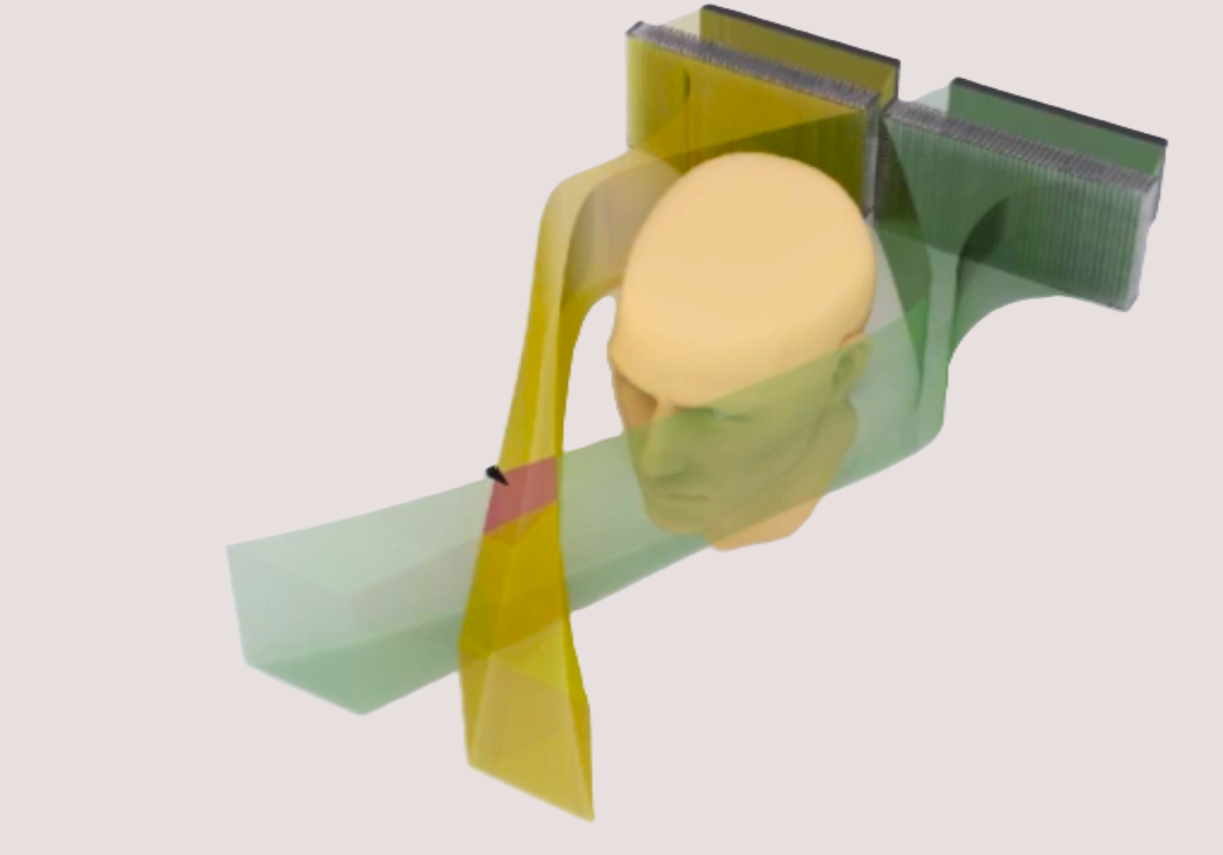Hardware
Now for headphone-free private listening
Using intersecting ultrasonic beams, the innovation creates tightly focused zones where only the intended listener can hear the sound, even near others.
A new advancement in audio engineering has narrowed where sound is perceived by creating localised pockets of sound, called audible enclaves. This could enable one to listen to audio without headphones – and without disturbing others nearby.
In an enclave, a listener can hear sound, while others standing nearby cannot, even if the people are in an enclosed space, like a vehicle, or standing directly in front of the audio source.
The possibility stems from research by a team led by Yun Jing, professor of acoustics at the Penn State College of Engineering. The new study, titled Proceedings of the National Academy of Sciences, reveals that emitting two nonlinear ultrasonic beams can create audible enclaves – zones where sound is only perceived at the exact point where the beams intersect.
“We use two ultrasound transducers paired with an acoustic metasurface, which emit self-bending beams that intersect at a certain point,” says Jing. “The person standing at that point can hear sound, while anyone standing nearby would not. This creates a privacy barrier between people for private listening.”
Image courtesy Heyonu Heo/Penn State.
By positioning the metasurfaces – acoustic lenses that incorporate millimetre or submillimetre-scale microstructures that bend the direction of sound – in front of the two transducers, the ultrasonic waves travel at two slightly different frequencies along a crescent-shaped trajectory until they intersect. The metasurfaces are 3D printed by co-author Xiaoxing Xia, staff scientist of Lawrence Livermore Laboratory.
The researchers say neither beam is audible on its own – it is the intersection of the beams together that create a local nonlinear interaction, which generates audible sound. The beams can bypass obstacles, such as human heads, to reach a designated point of intersection.
First author Jia-Xin “Jay” Zhong, a postdoctoral scholar in acoustics at Penn State, says: “To test the system, we used a simulated head and torso dummy with microphones inside its ears to mimic what a human being hears at points along the ultrasonic beam trajectory, as well as a third microphone to scan the area of intersection.
“We confirmed that sound was not audible except at the point of intersection, which creates what we call an enclave.”
Researchers tested the system in a common room with normal reverberations, meaning the system could work in a variety of environments, such as classrooms, vehicles or even outdoors.
Zhong says: “We essentially created a virtual headset. Someone within an audible enclave can hear something meant only for them – enabling sound and quiet zones.”
For now, researchers can remotely transfer sound about a metre away from the intended target and the sound volume is about 60 decibels, equivalent to speaking volume. However, the researchers say that distance and volume may be able to be increased if they increased the ultrasound intensity.
The co-authors include Jun Ji and Hyeonu Heo, alumni of the Penn State graduate program in acoustics. The U.S. National Science Foundation and the Lawrence Livermore National Laboratory’s Lab Directed Research and Development Program supported this work.











